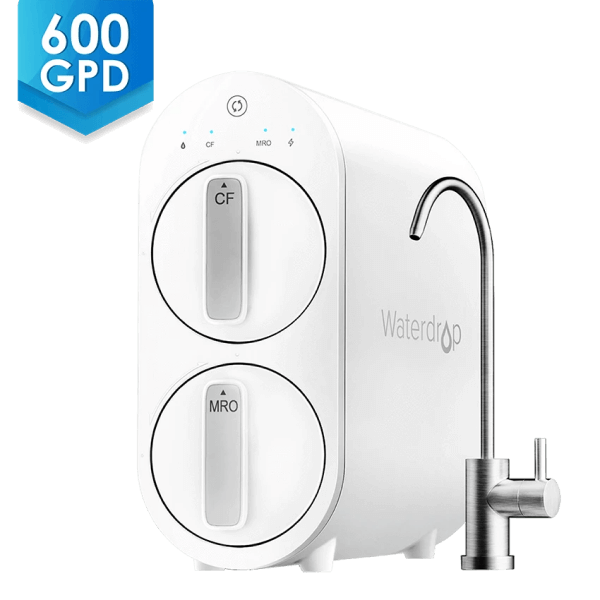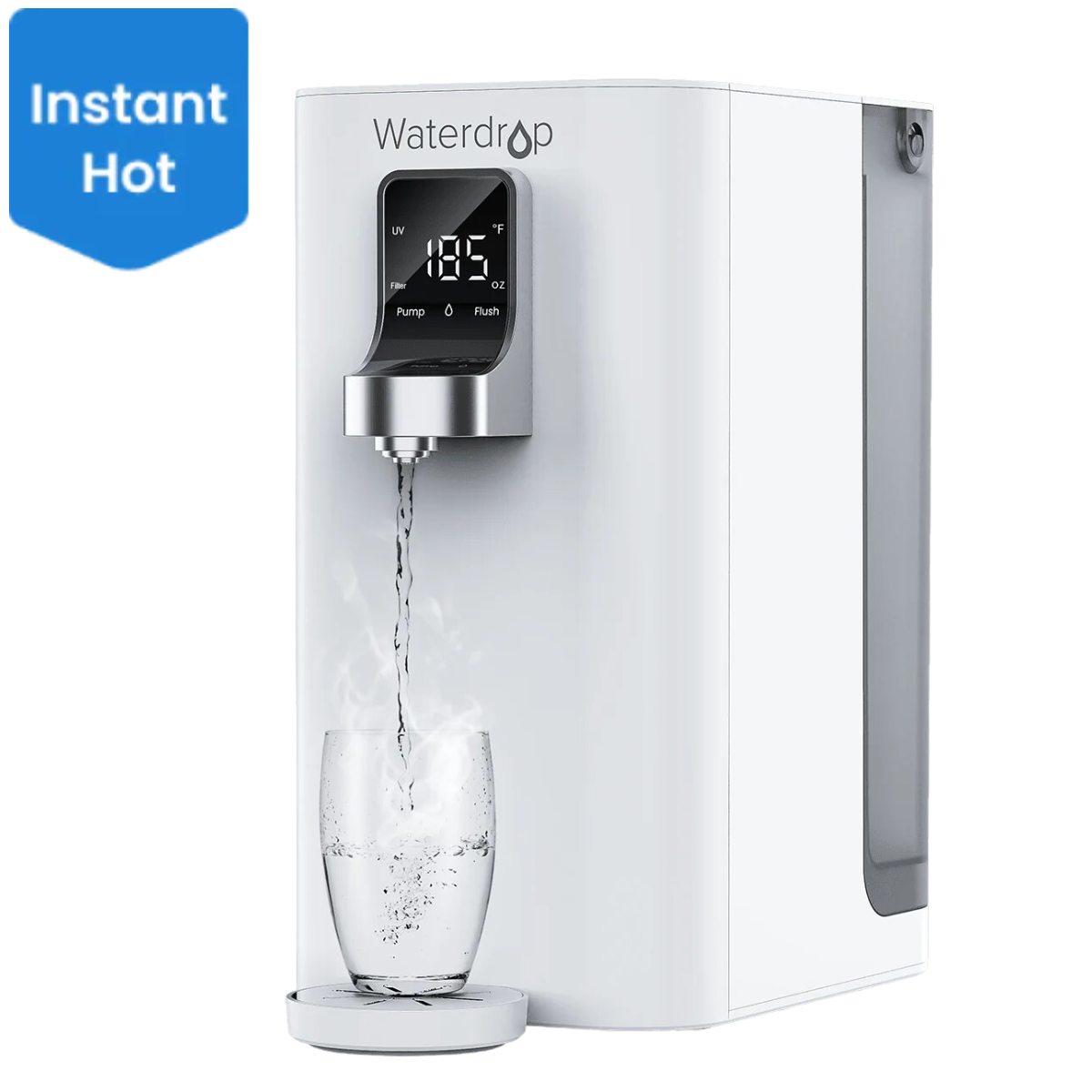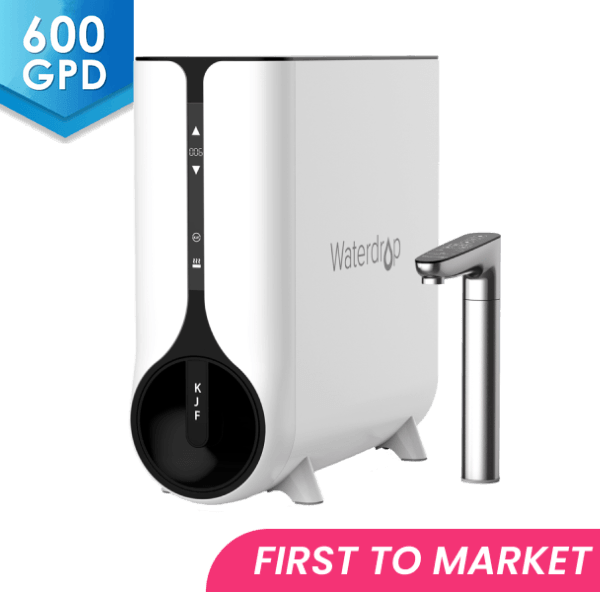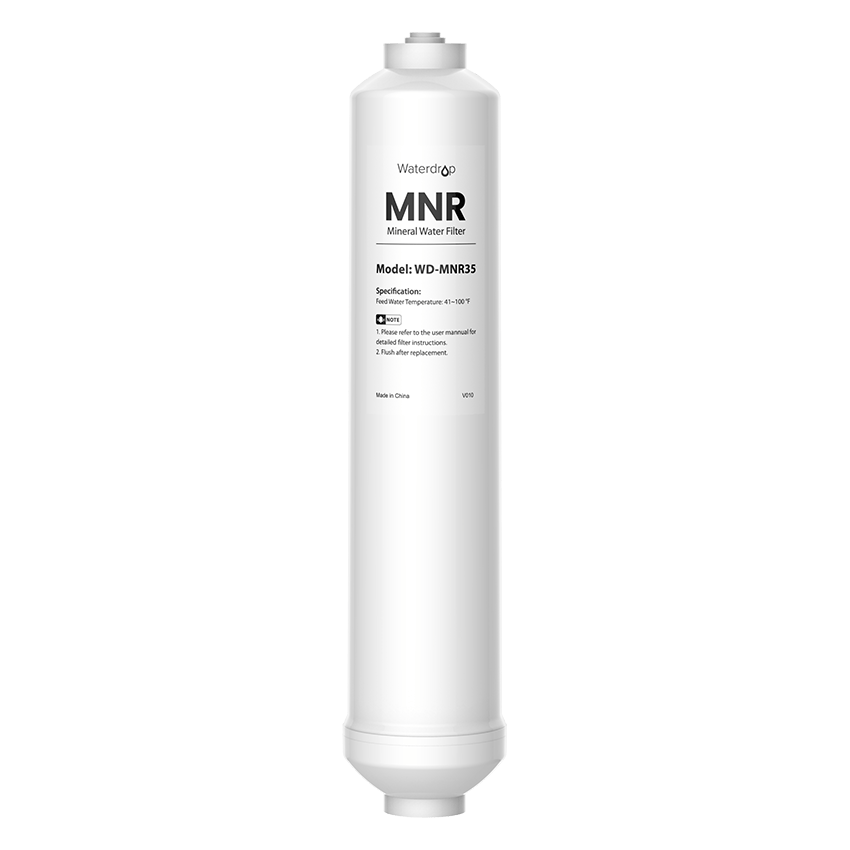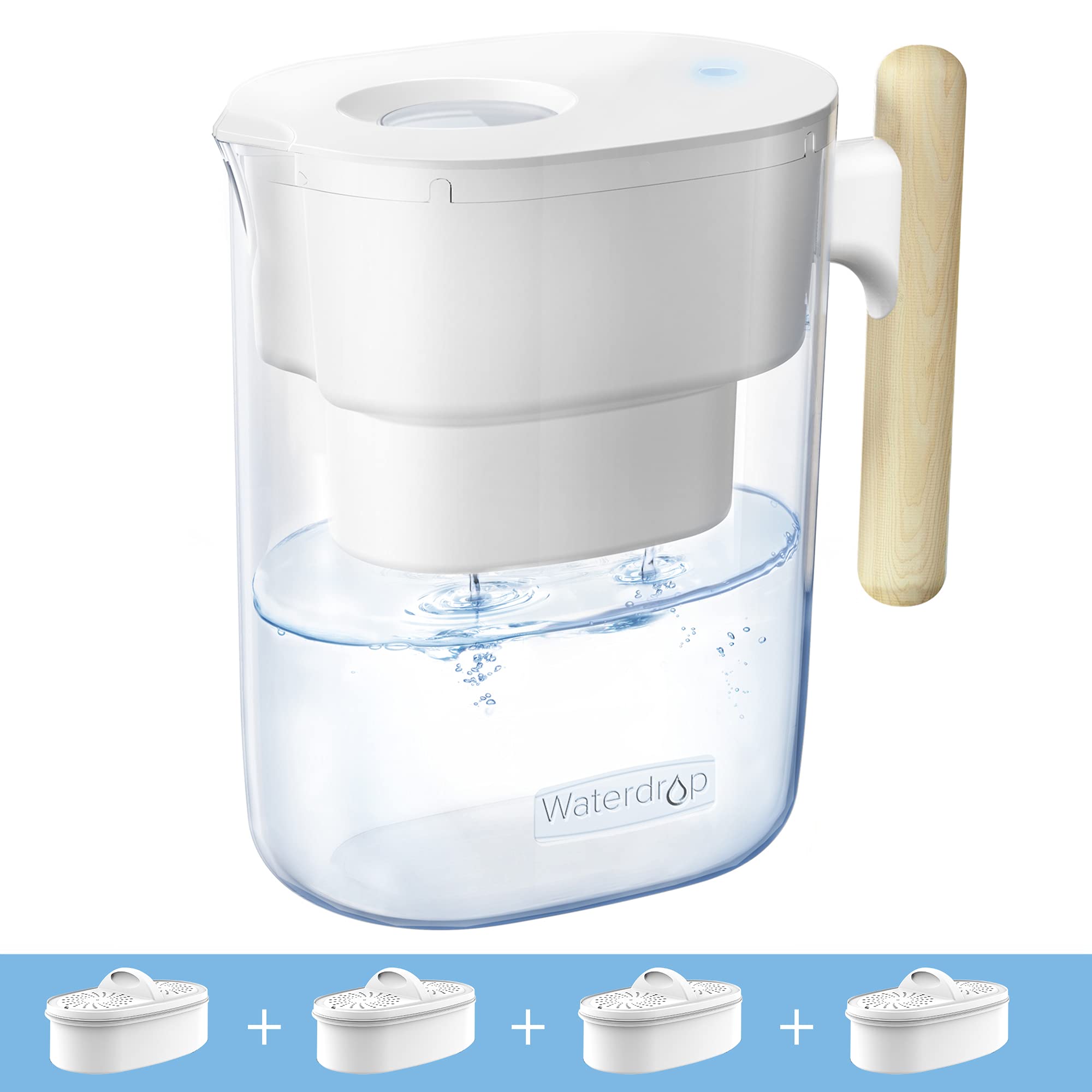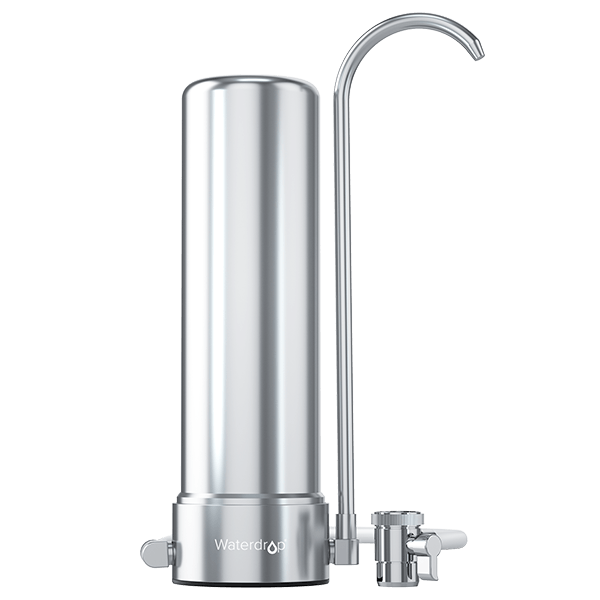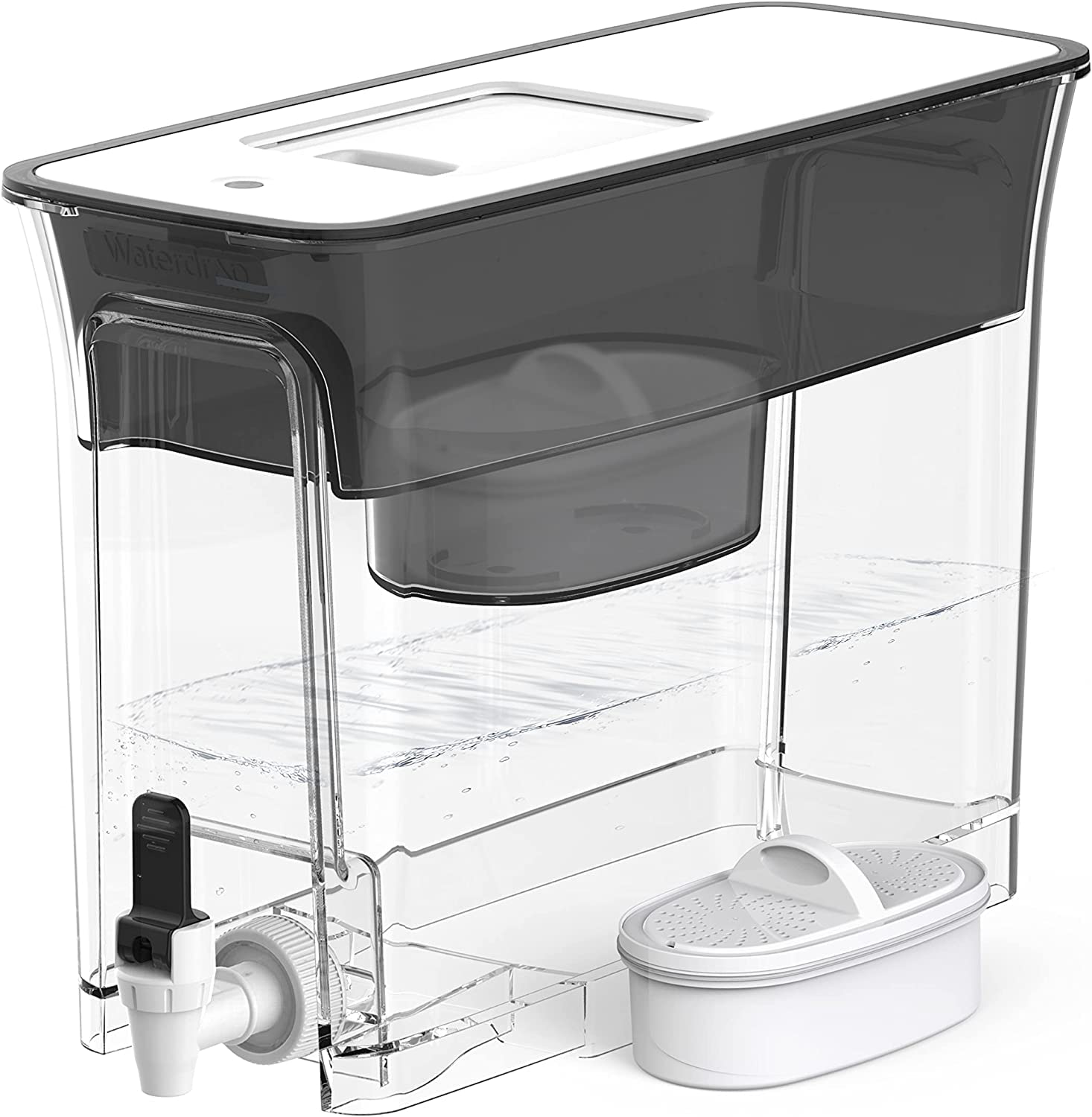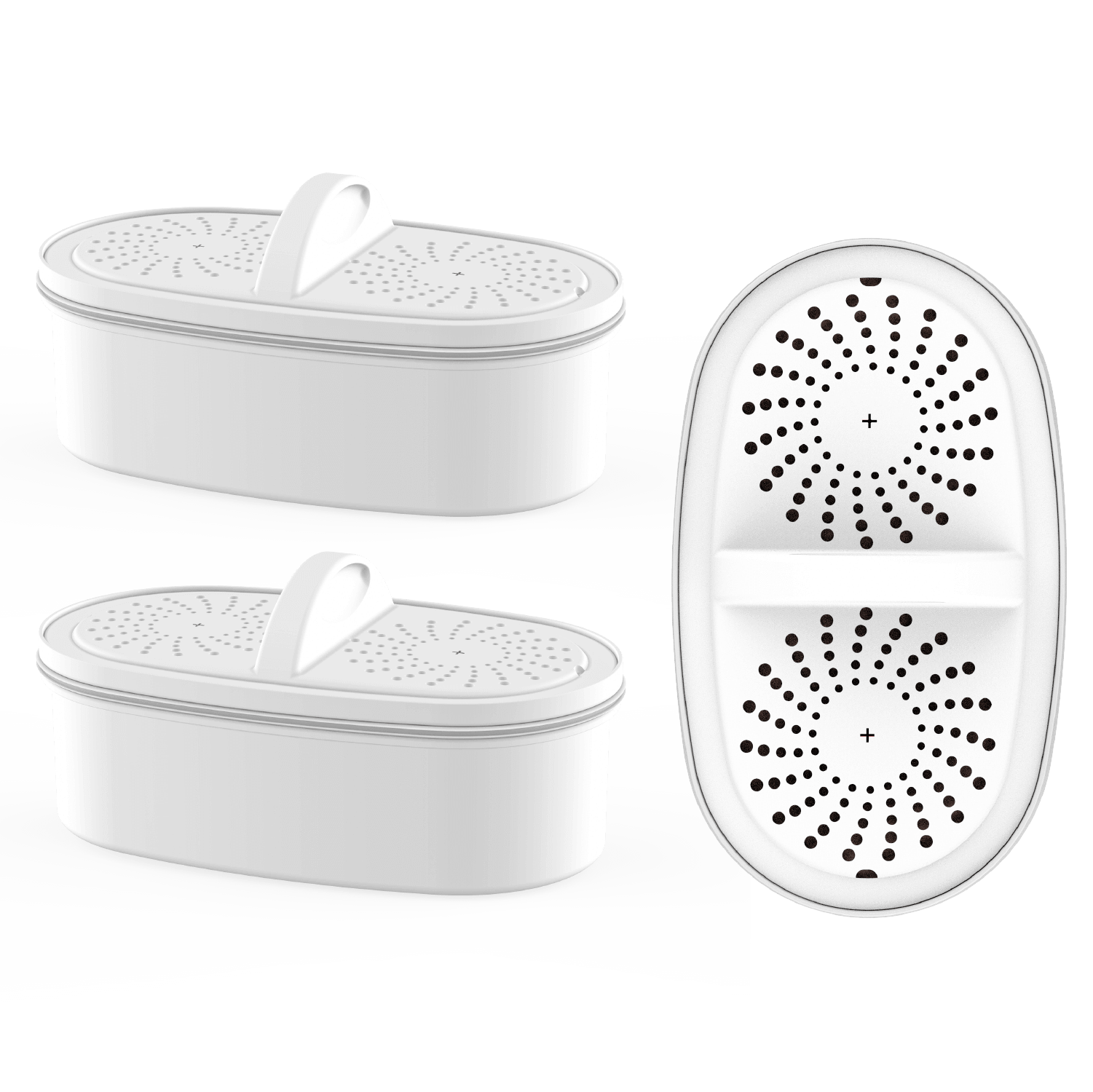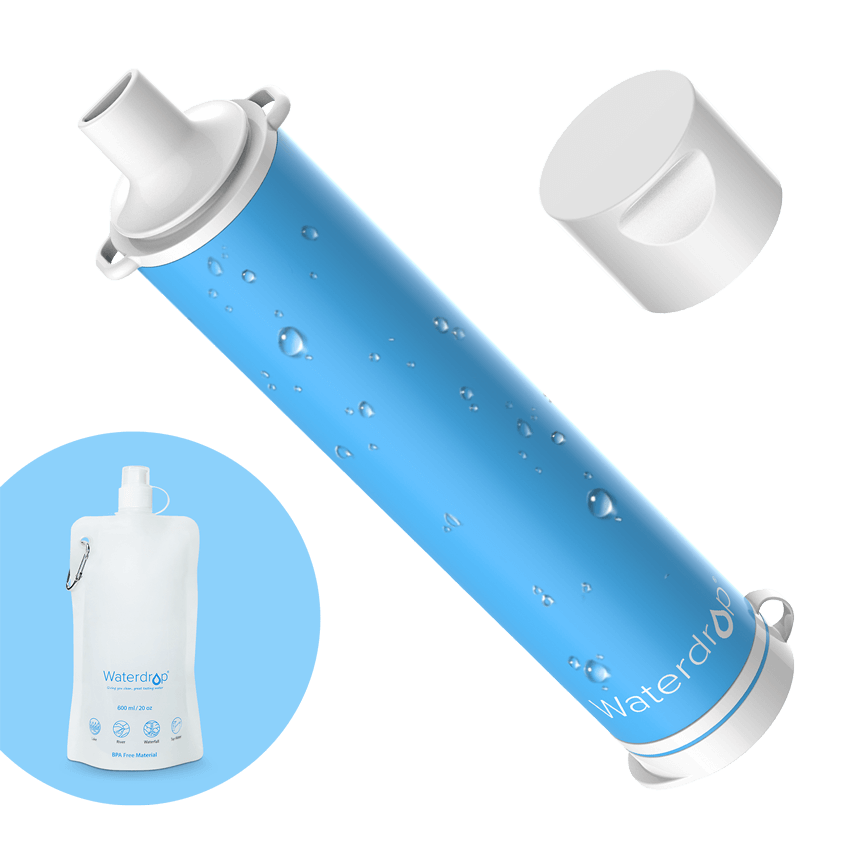Ultrafiltration vs. Reverse Osmosis: Which Water Purifier is Best for You?
by Dr. Jonathan Doyle - Updated June 11, 2021
While several water treatment technologies are out there today, reverse osmosis and ultrafiltration systems remain the most powerful and advanced. Both systems can provide deep purification using specialized filtration materials. They are effective against all contaminants larger than their pore sizes.
If you are new to the world of water filter systems and water treatment technology, you may be undecided between both options. Are ultrafiltration systems better than reverse osmosis systems? Which of the two is more eco-friendly? You will find answers to these questions and many more in this comprehensive introductory blog on Ultrafiltration and Reverse Osmosis systems.
What are the working principles behind water filtration?
The filtration process primarily gets rid of impurities in water by forcing the water through a filtration media of pores of a specific size. The natural forms of the porous media include clay, gravel, and sand, while there are manufactured membranes made of different materials.
What is ultrafiltration?
Ultrafiltration, like general filtration, pushes water through a membrane. However, this physical filtration process relies on home water pressure and a semipermeable membrane. Once the water is forced through the ultrafiltration membrane, it removes the impurities present that are larger than the membrane pore size.
The ultrafiltration membrane is often semipermeable. It is made of a hollow fiber, with pore sizes of between 0.01 to 0.1 micron. These pore sizes are several thousand times smaller compared to human hair. The particles larger than the designated pore size will not pass through the membrane. Instead, they are stuck on the surface with only the water and useful mineral molecules – all smaller than the pore size – making it to the other side as drinkable water.
The ultrafiltration filtration process is only effective against dissolved substances when they are coagulated or adsorbed.
What is reverse osmosis?
The pore size of reverse osmosis filters is around 0.0001 micron. This is why they are more effective in making water almost free of contaminants. RO water purifiers are effective against most harmful substances, including viruses and bacteria. Furthermore, they also remove some beneficial microelements, including sodium, magnesium, and calcium, leaving you with only pure water molecules.
While other filtration technologies absorb or block contaminant, the membranes adopted by reverse osmosis systems are semipermeable.
The domestic water in your home comes in under pressure. This same pressure is what RO systems use to force the water through the semipermeable membrane, thereby filtering it.
What are the similarities between reverse osmosis and ultrafiltration systems?
If you carefully analyze the working principles of both systems, you will realize they share certain features;
- Both are effective at filtering out impurities from water.
- Both remove impurities in water by forcing the water through semipermeable membranes of specific pore size.
What are the differences between reverse osmosis and ultrafiltration systems?
Both systems have different working principles. However, that’s not all. Here are some other differences between reverse osmosis and ultrafiltration systems;
The substances they filter out and retain.
The 0.0001-micron pore size in reverse osmosis means it is effective against almost all common contaminants. This is why homeowners looking to reduce TDS (Total Dissolved Solids) in their water to make it purer prefer reverse osmosis systems.
But the very high accuracy of the RO filtration process also means it blocks out some useful minerals. The filtered water from RO systems is without calcium, magnesium, and sodium. However, you can retain these minerals by adding an extra remineralized filter to the system.
The pore size of the ultrafiltration water filter system is 0.01 micron. This is bigger compared to the membrane in RO water filters. We can therefore conclude that ultrafiltration is not as accurate as reverse osmosis in removing impurities. But there is an upside to this – the lesser accuracy means some of the beneficial materials are retained.
| Reverse Osmosis | Ultrafiltration | |
|---|---|---|
| Wastewwater | × | ✔ |
| Bacteria | ✔ | ✔ |
| Calcium | ✔ | × |
| Copper | ✔ | ✔ |
| Cysts | ✔ | ✔ |
| Fluoride | ✔ | × |
| Lead | ✔ | ✔ |
| Magnesium | ✔ | × |
| Nitrates | ✔ | × |
| Pharmaceuticals | ✔ | ✔ |
| Protozoa | ✔ | ✔ |
| Salts | ✔ | × |
| Sulfates | ✔ | × |
| TDS | ✔ | × |
| Viruses | ✔ | ✔ |
Wastewater and water capacity.
Despite their weaker filtration accuracy, the preference for ultrafiltration water purifiers is because of their higher efficiency in using water. In essence, it wastes less water in delivering filtered water.
The filtration in reverse osmosis purifiers is crossflow. Two streams are going through the membrane – one ends up in the storage tank or tap and the other in the drain. The drain water is the water containing all the dissolved inorganic materials. By adopting advanced technology, the drain ratio has improved to 1:1 for the best. Therefore, when you collect a cup of filtered water from your filter, your filter has already wasted another cup of contaminated water.
A traditional RO filter system with a tank has a water capacity or output of 75 GPD (gallons per day). Conversely, an ultrafiltration filter system is capable of 0.5 GPM, which is clearly more than what the RO purifiers offer.
| Tradition Reverse Osmosis | Ultrafiltration | Tankless Reverse Osmosis | |
|---|---|---|---|
| Wastewwater | 4:1 | × | Least to 1:1 |
| Water capacity | 75 GPD | >600 GPD | 400-600GPD |
Water conservation and storage.

Water tanks are included in traditional reverse osmosis systems because of how slow they produce filtered water. Although the tank stores filtered water and ensure you get it on time, it also requires a lot of under sink space. There is also a high chance of bacterial and viral growth in the tank, causing secondary water contamination. The only way to avoid this is to sanitize the entire RO system alongside the tank at least once every year.
Tanks are not included in ultrafiltration systems because they are designed to connect to the faucet directly.
Furthermore, the slow filtration rate in RO systems also necessitates an internal pump to speed up the flow. The traditional tanked RO filter systems are being replaced by the innovative tankless RO purifiers, equipped with a larger water capacity and an internal pump.
Reverse osmosis filtration requires a pump to force the water through the membrane. This is only achievable by raising the water pressure – a process that requires power. Conversely, ultrafiltration works perfectly without any external pressure, relying on just the home water pressure. This is why most ultrafiltration systems can work without electricity, with batteries just powering the smart indicators.
| Tradition Reverse Osmosis | Ultrafiltration | Tankless Reverse Osmosis | |
|---|---|---|---|
| Storage tank | ✔ | × | × |
| Need of pump | ✔ | × | × |
Installation and replacement of filters.
It is quite challenging to install a RO water filter system. The connections are many and complicated – you are connecting the drain, water storage tank, faucet, and multiple filters. In ultrafiltration systems, you can easily complete installation by connecting the faucet to the outlet and water supply to the inlet.
Likewise, you can only replace the filters in a RO system by decoupling all the filters and re-installing them. This can be very complex, especially in systems where there are several filters. Ultrafiltration removes this problem with its innovative tankless design. Also, there are just three filters or fewer, so replacement is seamless.
| Tradition Reverse Osmosis | Ultrafiltration | Tankless Reverse Osmosis | |
|---|---|---|---|
| Complicated installation | ✔ | × | × |
| Complicated replacement | ✔ | × | × |
Cost
You will spend between $150 and $300 to buy a traditional RO water filter system. It gets even more expensive if you are getting add-ons like a storage tank, pump, UV sterilizer, or mineral filter. These problems are absent in the tankless RO water filter systems, but they cost up to 2x or 3x the traditional systems. The only reason the higher price is justified is their longer lifespans and the rare need to replace parts.
With $150 or $200, you can get an ultrafiltration system. However, you may need a replacement earlier and more frequently than the RO systems.
| Tradition Reverse Osmosis | Ultrafiltration | Tankless Reverse Osmosis | |
|---|---|---|---|
| Cost | $150-300 | $150-200 | $300-550 |
| Replacement cost | Least | Most | Moderate |
Conclusion
This comprehensive comparison between ultrafiltration systems and reverse osmosis systems will help you make the right choice depending on your needs. You can go ahead to get the traditional RO water system if you can handle the installation, have sufficient under sink space and socket, and want high water quality for less.
However, if you are not on a tight budget and want something easier to install and maintain, a tankless RO water system is ideal for you. You may consider an ultrafiltration system if you are interested in retaining the beneficial minerals in your filtered water, wants to keep an eco-friendly environment, and want a filter system with a large capacity.



